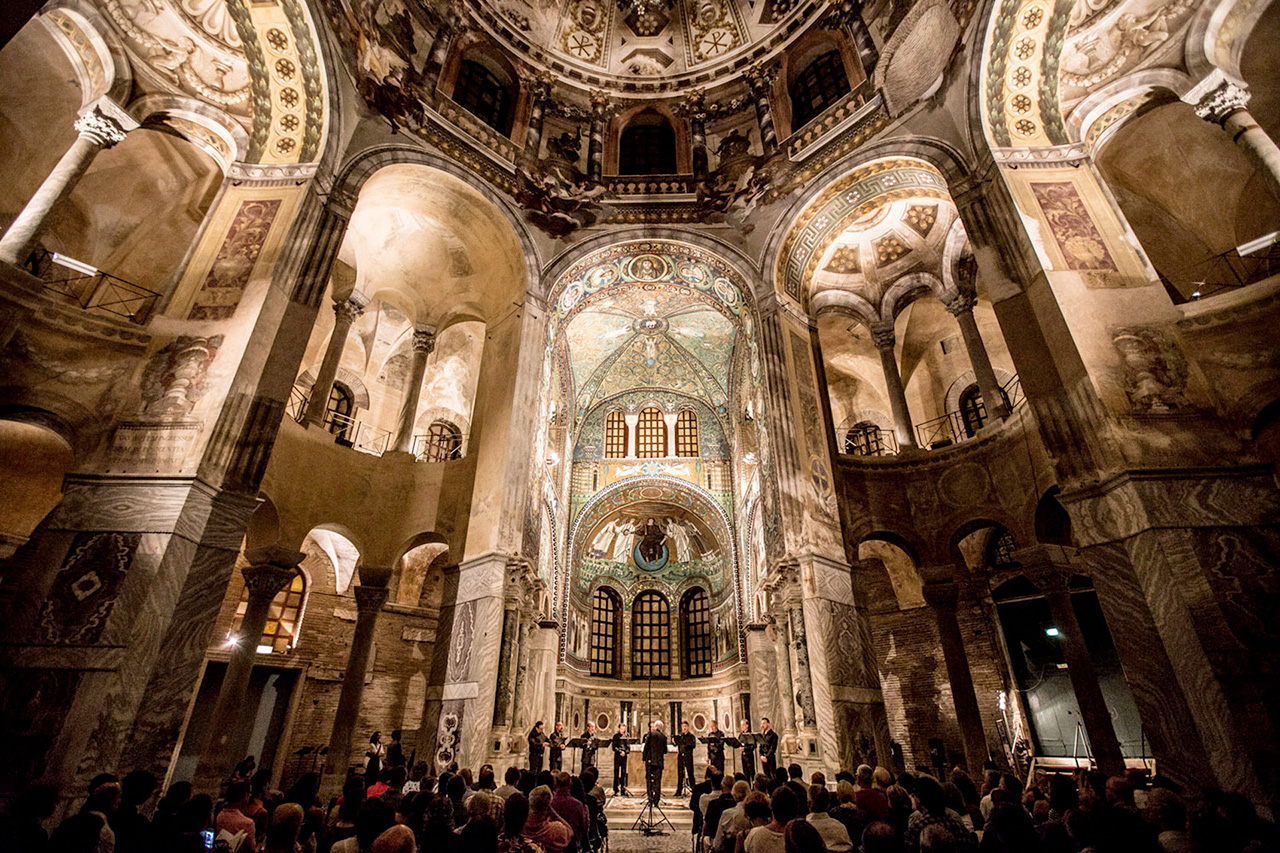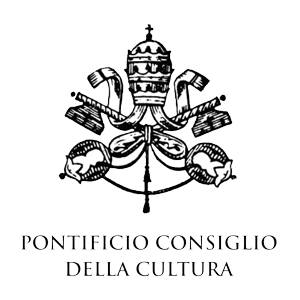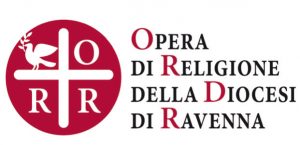© Jenny Carboni
Vespers at San Vitale
Ave gloriosa Mater
Sacred music between the 12th and 13th century
Il Giardino delle Muse
Simone Erre recorders, conduction
Benedetta Ferracin recorders
Programma
Anonimo
Ave gloriosa Mater
motet from the Codex Las Huelgas 13th century
Omni die dic Mariae
sequence, 13th century
Imperayrtz de la ciutad joyosa
motet from the Llibre Vermell, 13-14th century
Alfonso X “el sabio” (1221- 1284)
A Virgen, que Déus Madre éste, Filla crïada
from the Cantigas de Santa Maria, no. 322
Anonimo
Stella splendens in monte
cantiga from the Llibre Vermell
Alfonso X “el sabio”
Santa Maria, Strela do dia
from the Cantigas de Santa Maria, no. 100
Anonimo
Domino
clausula, Notre-Dame School, 13th century
Flos ut rosa floruit
conductus, from the Codex Sanblasianus, 13th century
Alfonso X “el sabio”
Quen a omagen
from the Cantigas de Santa Maria, no. 353
Musicology defines the productive 12th and 13th centuries as ars antiqua. The period was marked by the coexistence of various repertoires, precisely sacred, profane, polyphonic and monodic. For instance, along with the Cantigas de Santa Maria we find the chanson of the troubadours, or beside the School of Notre-Dame’s sacred polyphonic plainchant called “organum” we have multi-textual profane motets. However, the Gregorian chant is the main medieval musical repertoire from which both profane and sacred music will later generate. Polyphony starts from this, and from the improvisation technique that was already present and firmly rooted from the 9th century.
Sacred, monodic and polyphonic music, and improvisation are the main merging trends. In this case, the two sectors are linked by the common Marian topic. The character of the various pieces and the main musical forms proposed, such as sequence, motet, clausula, conductus and cantiga, are performed on various sizes of recorders, consistently with the custom of offering the audience an evocative sound experience.




